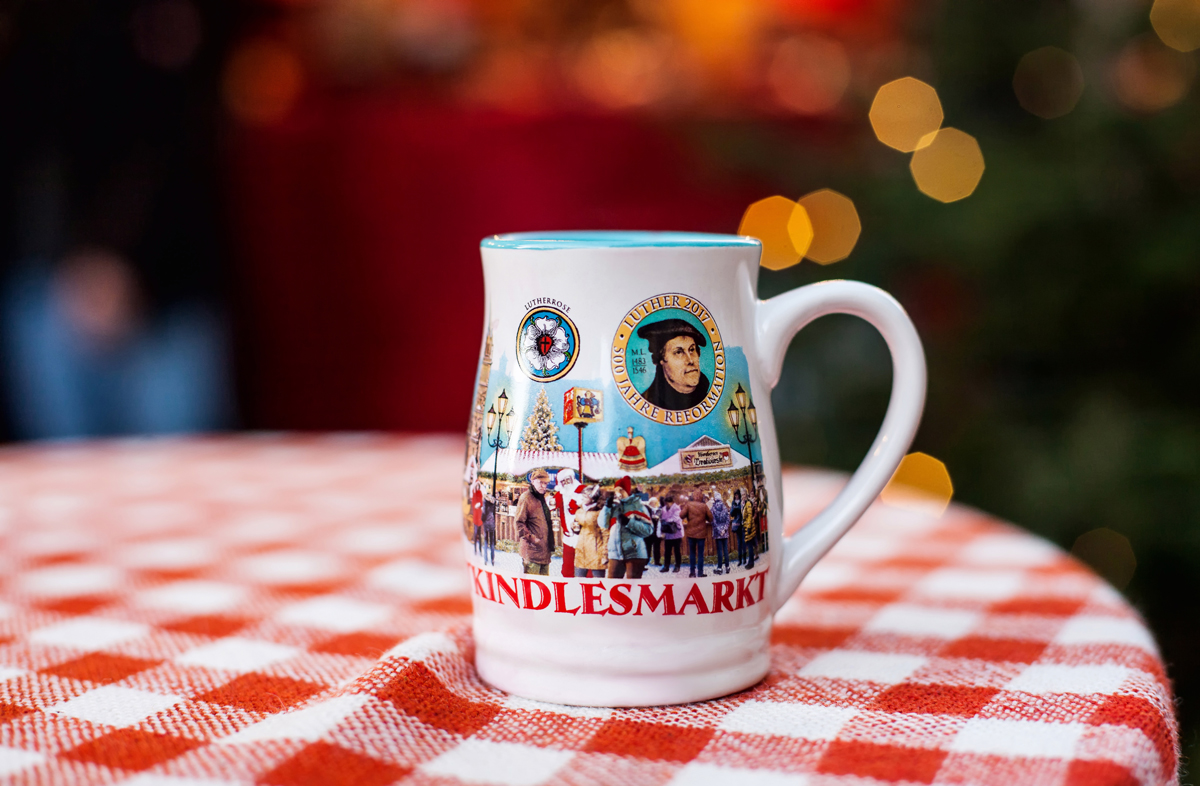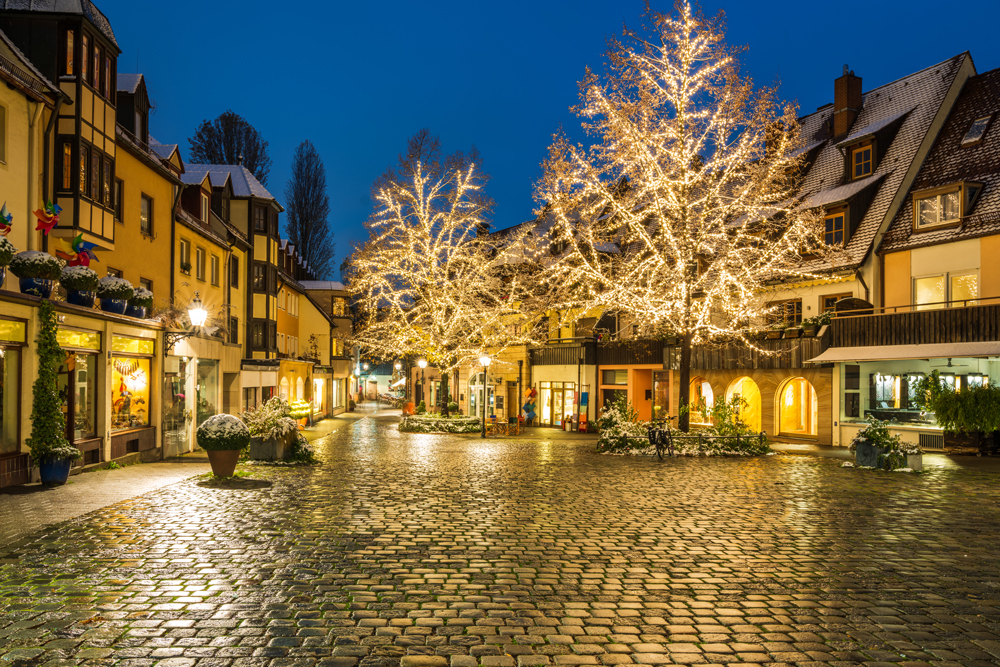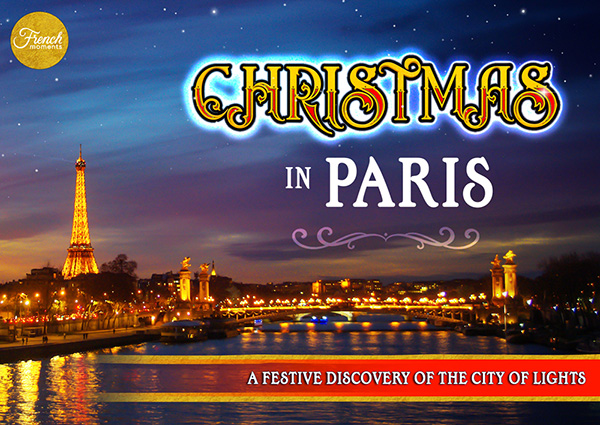The Nuremberg Christmas Market is one of Germany's oldest and undoubtedly most famous Christmas markets. You'll find traditional Christmas decorations in the quaint wooden stalls, often handmade, and sweets like gingerbread.
Other attractions include the Children's Christmas and Star House, the Nuremberg Twin Cities Market and the Nuremberg Children's Light Parade.
Get ready to immerse yourself in the whimsical world of the Nuremberg Christmas market and discover its year-end festivities.
🎦 Watch our short video on Christmas in Germany, which will inspire you to explore this beautiful country in Europe for the holidays ⤵

About the Nuremberg Christmas Market
The German name for the Nuremberg Christmas Market is Nürnberger Christkindlesmarkt.
A short history of the Nuremberg Christmas Market
In 1530, a letter written by the Nuremberg councillor and humanist Willibald Pirckheimer (1470-1530) and later edited and published by the Heidelberg historian Helga Scheible in 2001 reveals that during Advent, the nuns from the Bergen Convent near Hersbruck, an outpost of the Neuburg Convent on the Danube, received "spices from the market." This was likely a reference to the Nuremberg market.
In 1545, the reformer Martin Luther broke tradition by having his children receive gifts from the "Holy Christ Child," as opposed to the previous practice of children receiving gifts from St. Nicholas.
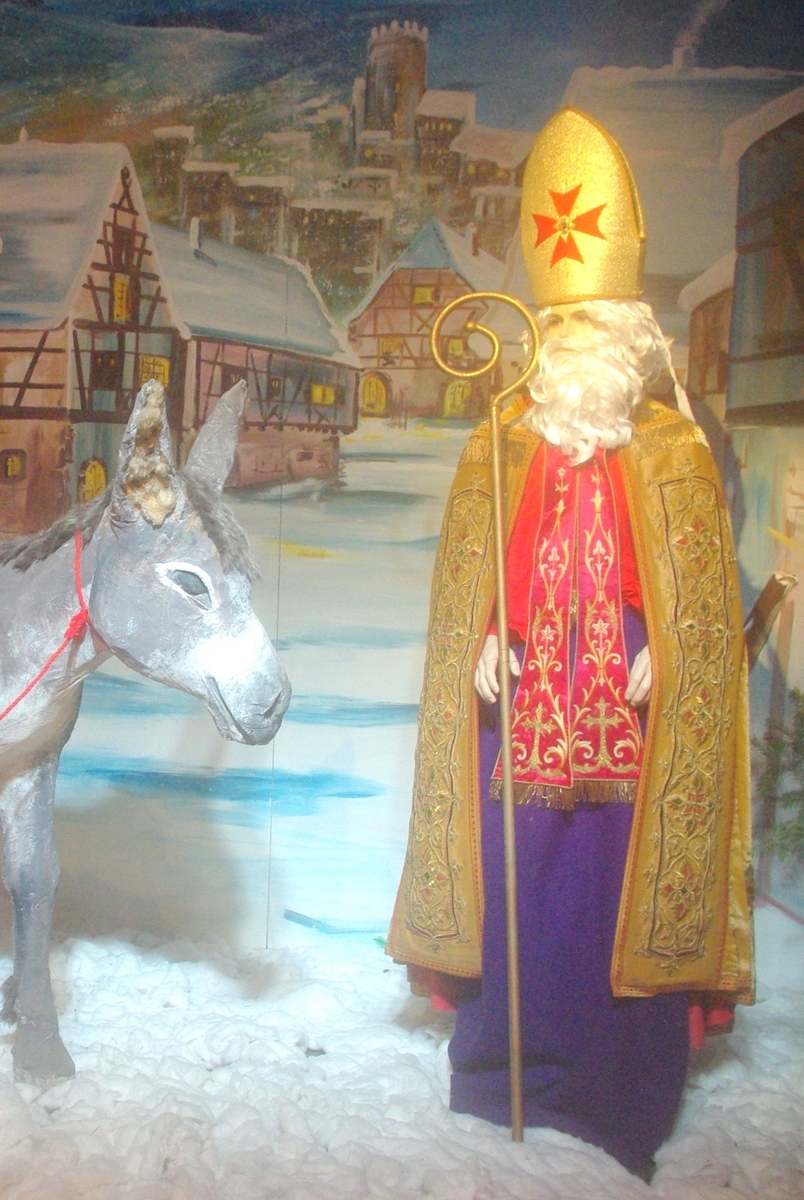
Saint-Nicholas © French Moments
In 1616, as documented in the Chronicle of St. Sebald, Pastor Lüder expressed his disappointment on Christmas Eve when he had to cancel the Vesper and afternoon sermons because many people were absent, busy shopping for "Kindleinsbescheren."
The market's earliest written record
The earliest written record of the Christkindlesmarkt dated back to 1628 and was found in a 19-centimetre oval wooden shavings box adorned with flowers. This box was owned by Regina Susanna Harßdörfferin and Susanna Eleonora Erbsin (or Elbsin) and was dispatched to Kindles-Marck in 1628.
A list from 1737 offers insights into the market, revealing that almost all of Nuremberg's artisans were represented, with 140 individuals authorised to sell goods.
For several subsequent years, limited image sources have been documenting the market.
The 18th and 19th centuries
Toward the end of the 18th century, an illustration in the "Simplicius Calendar of the History of Miracles" is believed to depict Nuremberg's first image of a Christmas tree. This suggests that, in the years following, more Christmas tree decorations, such as sugar figurines, gilded fruits, and wax candles, were likely offered at the Christkindlesmarkt.
Copperplate paintings from an unidentified Nuremberg artist around 1830 depict products available at various stalls. These included Christmas tree decorations, golden angels, gingerbread figures, and pruned people—items that remain iconic to Nuremberg's Christmas market today.
A decline in the late 19th century
The Christkindlesmarkt experienced a decline in significance during the late 19th century, undergoing multiple relocations and only being reinvigorated in the 1930s. The Nazis seized on this traditional event to promote Nuremberg as the "treasure of the German Reich" and enhance their annual festival calendar.
In the 1930s and during WW2
In 1933, the Christkindlesmarkt was reopened on the main square with a transformative and romantic celebration. An actress, portraying the Christ Child and accompanied by two golden angels, delivered a proclamation, a children's choir sang, and church bells rang.
World War II disrupted the tradition, causing the cancellation of the Nuremberg Christmas market. However, in 1948, the market was revived in the city's destroyed old town. Friedrich Bröger, the chief playwright of the theatre and the son of working-class poet Karl Bröger, penned a prologue for the Christ Child, which has since been updated to suit the times.
The Christmas market today
In 1973, the City Council decided to move the opening of the Christkindlesmarkt from December 4th (Barbara's Day) to the last Friday before the first Sunday of Advent to manage the visitor flow more effectively. The market saw over a million visitors for the first time.
The market of twinning cities was introduced for the first time in 1986.
Unfortunately, in both 2020 and 2021, the Christkindlesmarkt had to be cancelled due to the COVID-19 pandemic, marking the first such cancellations since 1948.
The Nuremberg Christ Child
As early as autumn, Nuremberg is looking for a new Christkind (Christ Child) for its annual Christmas market!
The Nuremberg Christ Child has opened the Nürnberger Christkindlesmarkt for over 65 years.
In 1948, the first post-war market occurred in the destroyed old town. The angelic figure, with blonde curls, a crown, and a golden dress, was initially portrayed by an actress. However, since 1969, the Christ Child has been chosen every two years.
The selected girl doesn't have to be born in Nuremberg but must have lived there for a long time, be between 16 and 19 years old, and measure over 160 centimetres.
The election of the Christ Child
A jury selects twelve candidates from all applicants, and these twelve girls appear in Nuremberg's newspapers, where readers choose their top six favourites.
The jury consists of representatives from the press, the city's press office, the market office, and Nuremberg's tourism board. It gets to know the six candidates before deciding who will become the new Nuremberg Christ Child.
In 2023, twelve female candidates are standing for election, and voting is open until the 23rd of October 2023. The six candidates with the most votes will be invited to the final selection on the 30th of October 2023.
A high level of commitment
Because this high level of volunteer work demands a great deal of personality, commitment, and patience, the Christkind will stay busy during its two-year term and constantly in the spotlight.
Over 100 appearances are scheduled in December, including interviews, TV appearances, and visits to Christmas markets in other cities.
The angelic figure also visits retirement homes, kindergartens, institutions for people with disabilities, and hospitals.
The duties of the Christ Child
Naturally, the Christ Child also tours its own market – four times a week in full costume – and gives presents to young visitors.
Everywhere the heavenly messenger goes, delivering words of comfort or amusement, reading stories, shaking hands, it elicits shining eyes and admiration.
To this day, it's an unyielding principle not to commercialise or sell the Nuremberg Christ Child as an "event." Just as its role should not equate to a beauty pageant, its performances are always dedicated, serving social and charitable purposes and aiming to foster friendly connections with the people of other cities.
The opening ceremony of the Nuremberg Christmas Market
Every year, the lights around Nuremberg's main market square go dark on the Friday before the first Advent at precisely 5:30 PM.
Thousands of people eagerly hold their breath as all eyes turn toward the Frauenkirche. In the gallery of the 14th-century church, the most important figure of Nuremberg's Christmas season appears: the Christ Child.
![Christkindlesmarkt prologue 2009 © Roland Berger - licence [CC BY-SA 3.0] from Wikimedia Commons Christkindlesmarkt prologue 2009 © Roland Berger - licence [CC BY-SA 3.0] from Wikimedia Commons](https://frenchmoments.eu/wp-content/uploads/2023/10/Christkindlesmarkt-prologue-2009-©-Roland-Berger-licence-CC-BY-SA-3.0-from-Wikimedia-Commons.jpg)
The Christkindlesmarkt prologue in 2009 © Roland Berger - licence [CC BY-SA 3.0] from Wikimedia Commons
It inaugurates the market with a festive prologue, saying, "The Christ Child invites you to its market, and all who come are welcome."
The declaration concludes with the sound of trumpets echoing through the still-dark square, followed by a choir singing "Silent Night," and the church bells ringing.
After half an hour, the newly opened stalls are adorned with lights, and the hustle and bustle on Nuremberg's Christmas market square officially begins.
The Christkind's Prologue
Every year, the Christkind opens his market with a festive prologue.
The opening ceremony has remained almost the same for decades, but the text of the prologue was changed several times in the 1950s and 1960s.
The prologue - written by the dramatist Friedrich Bröger, a son of the Nuremberg poet Karl Bröger - refers to the situation in 1948 when there was a Christkindlesmarkt in Nuremberg again for the first time after the Second World War. Since only the first lines of the prologue are usually reproduced in reporting, here is the complete text translated into English:
"You lords and ladies who were once children, you little ones, at the beginning of life's journey, each one rejoicing today and toiling tomorrow: Listen, all of you, to what the Christ Child says to you!
Every year, four weeks before the time when you decorate the Christmas tree and look forward to celebrating, what you see here, called the Christkindlesmarkt, appears on this square; the ancestor already knew it.
This little town in the city, made of wood and cloth, as fleeting as it seems in its brief splendour, is nevertheless eternal. My market will always remain young as long as Nuremberg and its memory exist.
For old and young at the same time is Nuremberg's face, which bears many features. You do not count them all! There is the noble square. But it is joined by the skyscrapers of this day, the factories of this world.
The new city in the green. And yet it remains all the time, you lords and ladies: the Nuremberg that you are. At the end of the year, the day will soon come when you can wish for yourself and give to others.
But the market shines with light far and wide, ornaments, baubles and blissful Christmas time, then don't forget, you lords and ladies, and remember, who already has everything, needs nothing as a present.
The children of the world and the poor people know best what giving means. You lords and ladies, who were once children, are children again today, rejoice in their ways. The Christ Child invites you to his market, and whoever comes shall be welcome".
Exploration of the Nuremberg Christmas Market
Hauptmarkt
Most of Nuremberg's Christmas market occurs on the Hauptmarkt, the central square in the old town bordered by the Rathaus (city hall) and the Frauenkirche (the church).
The square has under 150 stalls selling everything from food to handmade Christmas decorations and gift ideas.
The Nuremberg Christmas Market is one of the most famous in Germany, with 180 wooden stalls decorated with red and white fabrics. These give the Nürnberger Christkindlesmarkt its nickname "the city of wood and cloth".
For more information about the different stalls at the Nuremberg Christmas market, check out this map...
Markt der Partnerstädte
The small yet charming Markt der Partnerstädte (Christmas market of Nuremberg's twin cities) offers various products worldwide.
Located near the Rathaus (City-Hall), it features booths from Nuremberg's friendly cities and regions, providing visitors with an international selection. For instance, Greek honey, Nicaraguan coffee, lamb's wool slippers from North Macedonia, delightful Scottish fudge, lavender soap from Provence, mulled wine from South Tyrol, and even kosher wine from Israel can be found here.
Original Regional
Opposite the old town hall, alongside the St. Sebaldus church, you'll find the four beautifully decorated stands of Original Regional.
These stalls offer a varied range of regional specialities and traditional crafts from Franconia and the Upper Palatinate, including high-quality oils, fine brandies and fruit products, spiced gingerbread, handmade soaps, honey and beeswax products, creative sausages, handcrafted wood and wool products and, occasionally, mulled wine from the winemaker. Find out more...
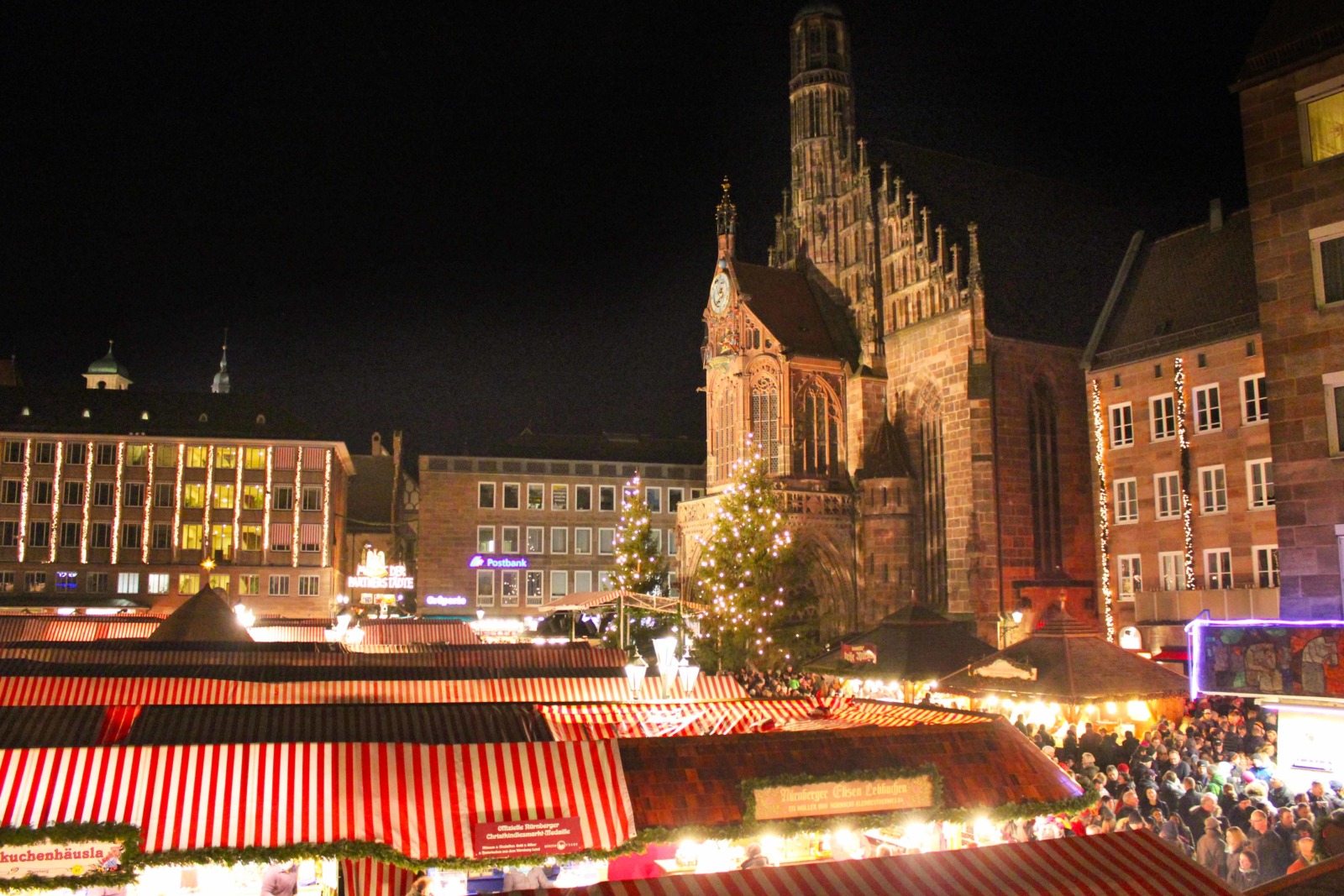
Nuremberg Christmas Market by reinasierra via Twenty20
The children's Christmas market
The Nuremberg Children's Christmas has been integral to the festive season in Nuremberg since 1999. It is located on Hans-Sachs-Platz, right next to the Hauptmarkt Christmas market.
This market is designed with children and families in mind, with rides (old-fashioned merry-go-round, steam trains) and stalls selling delicacies and Christmas items.
For more information about Nuremberg, check out the event's official website.

What to see in Nuremberg at Christmas
Here are some ideas for places to visit during your Christmas break in Nuremberg.
The old town of Nuremberg
The magnificent city of Nuremberg in Bavaria is a treasure trove of history, culture and architectural splendour. It is renowned for its emblematic monuments that witness a rich and eventful past. During your visit to Nuremberg, stroll through the Old Town of Nuremberg (Altstadt). This is Nuremberg's historic centre, where the cobbled streets, half-timbered houses and ancient churches offer a real immersion in history.
Discover Nuremberg from above
Every year, you can discover unique views of Nuremberg from above by climbing the staircases of the church towers.
The three monuments offering views from above are :
- Sebalduskirche (St. Sebald Church). The galleries of the Sebalder Towers offer unrivalled panoramic views over Nuremberg's rooftops and all the way up to the castle. Passing through the gallery of the angel choir and the church framework, you pass the largest Sebalder bell, 50 metres high, to the gallery of the Sebalder south tower. (more info)
- Lorenzkirche (St. Lorenz Church). The church guides will take you to the top of the north tower, from where there is a fantastic view of the whole city. On the way up, you'll also have the chance to take a look at the big bells. (more info)
- Kaiserburg (Imperial Castle), which dominates the city from its viewing platform. (more info)
Nativity Scenes Exhibition
Just five minutes from the Christkindlesmarkt, the Krippenfreunde Nürnberg/Fürth eV association has been exhibiting Nativity scenes from a variety of creative periods and styles in the Egidienkirche for over 30 years.
What to do in Nuremberg
Here's a list of inspiring activities in Nuremberg:
Christmas treats in Nuremberg
What makes the Nuremberg Christmas market so unique is the large number of sweets directly associated with Christmas.
Nuremberg Bratwurst
For over 700 years, the Bratwusts have sizzled the history of Nuremberg. These irresistible and iconic sausages take centre stage during Advent, especially at the renowned Nuremberg Christmas Market. There, the food stalls offer grilled sausages traditionally cooked over an open beechwood fire. Their slender size, about a finger's width, allows them to develop a particularly rich roasted flavour.
The legends of the Bratwurst
This centuries-old tradition has given rise to numerous legends and myths surrounding the Nuremberg Rostbratwurst.
One tale suggests it was so small that innkeepers could sell it through their pub keyholes even after closing hours.
Another legend claims their size was due to feeding prisoners in Nuremberg's dungeons through specially cut wall holes—hence the term "dungeons with holes"!
However, as often is the case, reality was a bit more mundane. The rising cost of raw materials in the 16th century likely motivated Nuremberg's resourceful butchers to reduce the sausages' size while maintaining their high-quality standards.
A 700 year-old tradition
The Nuremberg Bratwurst was first documented in 1313, and a city council decree mandated that local butchers to using the best loin pork meat.
The heyday of the tiny sausage came in the mid-19th century. Nuremberg, once known as the "Treasure Chest of the German Empire," had become a place of Romantic nostalgia with its late medieval architecture.
Artists and scholars were soon followed by the first pleasure-seeking travellers, who discovered Franconian cuisine alongside the Kaiserburg, St. Lorenz Church, and Albrecht Dürer's house.
During this time, the Bratwurst Bell embodied Nuremberg's Bratwurst culture. Sadly, a bomb destroyed the Bratwurst Bell when the city fell into ruins in 1944.
The Nuremberg Christmas Market once again sprinkled its magic in 1948, marking its first post-World War II appearance.
The Nuremberg Bratwurst also returned to its place in the main market square.
The Bratwurst today
Today, there are six Bratwurst kitchens in the city: "Bratwursthäusle," "Bratwurströslein," "Bratwurstglöcklein," "Bratwurstherzle," "Zum Gulden Stern," and "Goldenes Posthorn." Visitors can still experience the authentic Bratwurst culture there.
Nuremberg's specialty is now celebrated and cherished internationally, making the Bratwurst a hallmark of the city.
To ensure this tradition's continuity, the European Union awarded the "Protected Geographical Indication" (PGI) to the Nuremberg Bratwurst in 2003.
This seal confirms that all sausages declared as "Nürnberger Rostbratwürste" have been produced in the city of Nuremberg according to the specified recipe.
Click here to learn more curiosities, interesting facts, and intriguing details about the Nuremberg Bratwurst.
Mulled Wine
In the Christmas market of Nuremberg, you'll discover various delicious Christkindles Glühwein (mulled wines) at the numerous stalls, from organic mulled wine to blueberry mulled wine, vintner's mulled wine, and regional orchard mulled wine. In addition, there's a non-alcoholic version for children.
Blueberry mulled wine
Since the 1960s, Nuremberg's Christmas Market has offered a unique mulled wine variety: blueberry mulled wine.
This fruity and spiced mulled wine, made from pure blueberry wine, is flavourful, featuring premium ingredients like anise, cinnamon, cloves, and other spices.
It has become a highlight of every Advent visit to the Christmas Market.
The Nuremberg mulled wine mug
The enduring success of this sweet and spiced wine in the Nuremberg Christmas Market for 50 years is also attributed to the tradition of serving it in beautiful mugs featuring the Christmas Market's design.
These mugs have become sought-after collectables among many locals and tourists, with a different design introduced each year.
The twenty mulled wine vendors on the market and in the vicinity collaborate to create a "mug pool." They consult an artist for suggestions on the next season's mug design, ultimately choosing the most beautiful motif.
Nuremberg Gingerbread
The Christmas season in Franconia is intimately tied to Nuremberg's original gingerbread, a beloved treat that has been around for six centuries.
Monks likely began making honey cakes in the 11th century here. Legend has it that monks particularly enjoyed the flavorful gingerbread, while nuns had a penchant for "sweet bread" (panis mellitus).
However, these honey cakes weren't the first of their kind in history. Even in antiquity, the ancient Egyptians, Greeks, and Romans baked precursors of gingerbread. They were consumed and carried into battle as talismans or placed in the tombs of Egyptian kings.
The history of gingerbread in Nuremberg
In the Late Middle Ages, the popular honey or gingerbread biscuits were enhanced with other exotic spices from the Orient, brought to the ideally located trading city of Nuremberg via Venice. It was believed that they had positive health effects.
Since sugar was a luxury product and conditions in Nuremberg and its surroundings were favourable for beekeeping, honey was used as a sweetener – as its name suggests.
Honey was produced in the Lorenzer Reichswald, which was still a forested landscape with spruce flowers, hazelnuts, linden trees, heather, red cranberries, and blackberries. The region was also known as "the Holy Roman Empire's bee garden."
The Lebzeltner of Nuremberg
By the 12th century, guilds took over gingerbread production; the first written mention of a Nuremberg gingerbread maker is found in a document from 1395.
However, it wasn't until about 250 years later, in 1643, that a distinct "sworn" guild of Nuremberg gingerbread makers was founded, with 14 members at the time. The recipe was so secret that no gingerbread maker was allowed to leave the city.
A Lebzeltner, as these artisans were also called, could only be someone born into a gingerbread family or married into one.
This designation is now protected as a geographical indication under European law.
Gingerbread by Lebkuchen-Schmidt
Lebkuchen-Schmidt - founded in 1927 - is also well known to confectionery fans outside Nuremberg, offering its traditional specialities at the world's most famous Christmas market.

Nuremberg Christmas Market: What you need to know
Here are some practical info to plan your visit to the Nuremberg Christmas Market.
Where is the Nuremberg Christmas Market located?
Most of the Christmas market occupies the Hauptmarkt, the central square of the City-Hall (Rathaus) in the old town.
The Children's Christmas market is situated on Hans-Sachs-Platz.
Get your map of the Nuremberg Christmas market.
How to get to the Nuremberg Christmas Market?

Nuremberg Railway Station. Photo by den-belitsky via Envato Elements
🚄 By train:
Nuremberg is a hub of the German rail network, with ICE and regional train connections to the country's main cities.
Nuremberg's main railway station is located at the gateway to the old town and just a 15-minute walk from the Christmas market.
✈️ By air:
Accessing Nuremberg by air is convenient thanks to the Albrecht Dürer Airport Nuremberg. The Nuremberg airport serves as a significant air traffic hub. Travellers can easily reach Nuremberg from various international and domestic destinations, making it a well-connected gateway to the city and the broader Bavarian region.
🚗 By car:
Nuremberg is located in the northern half of Bavaria and is easy to reach via the A3, A6, A9 and A73 motorways.
Nuremberg is :
- 170 km from Munich
- 210 km from Stuttgart
- 225 km from Frankfurt
- 330 km from Strasbourg (France)
- 405 km from Cologne
- 420 km from Zurich (Switzerland)
- 440 km from Berlin
Where to park your car?
If you're coming to the Nuremberg Christmas Market by car, there are two options:
- Park your car directly in the city centre, in one of the covered car parks. A parking guidance system reliably guides visitors to Nuremberg to a free parking space as soon as they enter the city. Find out more here...
- Park your car free of charge outside the city centre in one of the Park+Ride spaces and take the tram to the city centre. More info on Nuremberg's Park+Ride.
Where to stay in Nuremberg at Christmas?
Immerse yourself in the magical atmosphere of the Nuremberg Christmas market by opting for comfortable and convenient accommodation!
When visiting the Nuremberg Christmas market, selecting suitable accommodation is key to fully enjoying this enchanting season. Fortunately, the city offers a range of lodging options right for every taste and budget.
You can choose from elegant hotels in the heart of the old town, cosy hostels, or charming apartments that provide an authentic home-away-from-home experience.
To streamline your search, you can check out this list of accommodations, featuring a variety of options for your stay.
Remember to look at our interactive map to locate lodgings close to the Christmas market and select the one that best suits your needs.

About the illustrations in the article
Most of the photos are ours (© French Moments). However, I have selected some photos (including the Featured Image of this article) from Depositphotos, a commercial platform that brings authors of high-quality licensed stock photos, graphics, vectors and videos together with appreciative buyers.


![Nurnberg Christkindlesmarkt © Ailura - licence [CC BY-SA 3.0 at] from Wikimedia Commons Nürnberg Christkindlesmarkt © Ailura - licence [CC BY-SA 3.0 at] from Wikimedia Commons](https://frenchmoments.eu/wp-content/uploads/2023/10/Nurnberg-Christkindlesmarkt-©-Ailura-licence-CC-BY-SA-3.0-at-from-Wikimedia-Commons-scaled.jpg)



![Christkind 2018 01 © Stefan Brending - licence [CC BY-SA 3.0 de] from Wikimedia Commons Nürnberger Christkind in 2018 © Stefan Brending - licence [CC BY-SA 3.0 de] from Wikimedia Commons](https://frenchmoments.eu/wp-content/uploads/2023/10/Christkind-2018-01-©-Stefan-Brending-licence-CC-BY-SA-3.0-de-from-Wikimedia-Commons.jpg)
![Christkind 2018 02 © Stefan Brending - licence [CC BY-SA 3.0 de] from Wikimedia Commons Nürnberger Christkind in 2018 © Stefan Brending - licence [CC BY-SA 3.0 de] from Wikimedia Commons](https://frenchmoments.eu/wp-content/uploads/2023/10/Christkind-2018-02-©-Stefan-Brending-licence-CC-BY-SA-3.0-de-from-Wikimedia-Commons.jpg)
![Nuernberger Christkind © Marcus Meissner - licence [CC BY 2.0] from Wikimedia Commons Nuernberger Christkind © Marcus Meissner - licence [CC BY 2.0] from Wikimedia Commons](https://frenchmoments.eu/wp-content/uploads/2023/10/Nuernberger-Christkind-©-Marcus-Meissner-licence-CC-BY-2.0-from-Wikimedia-Commons.jpg)
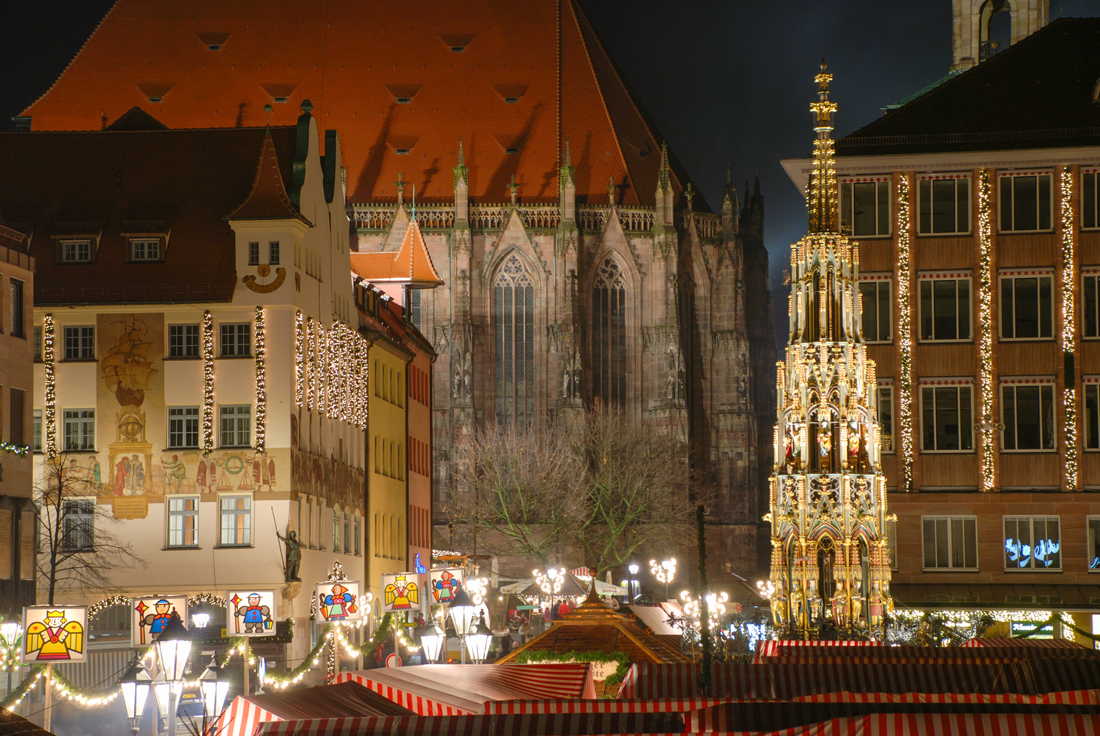

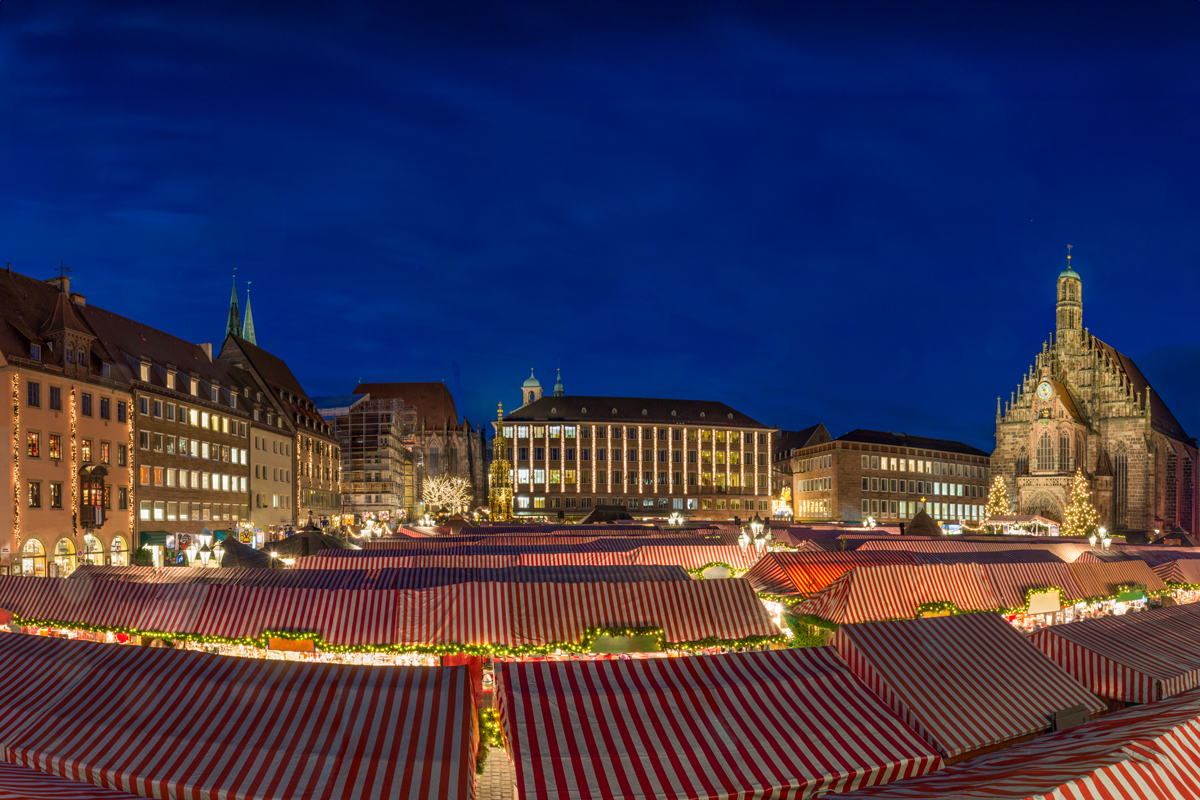
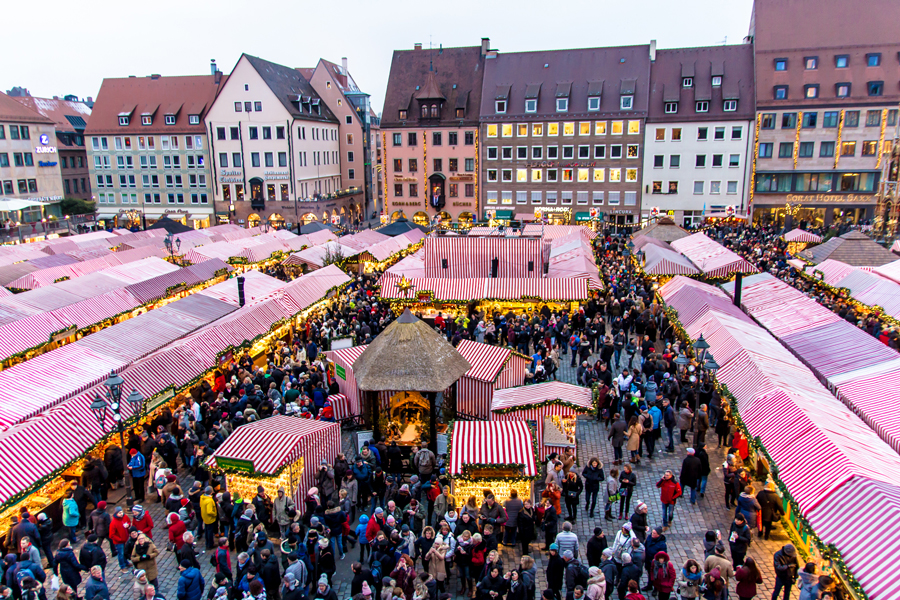
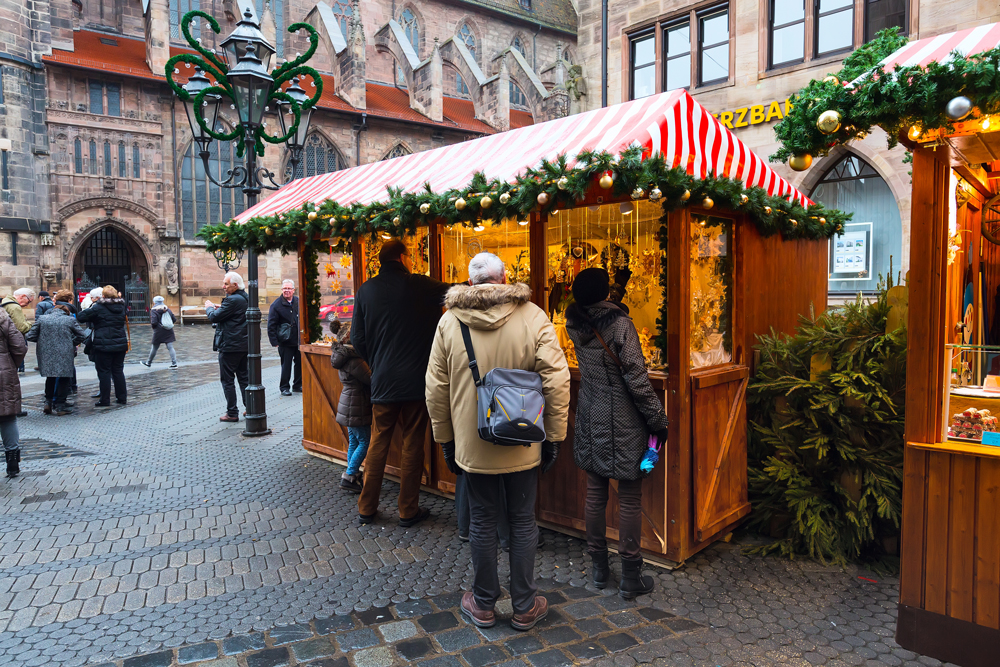
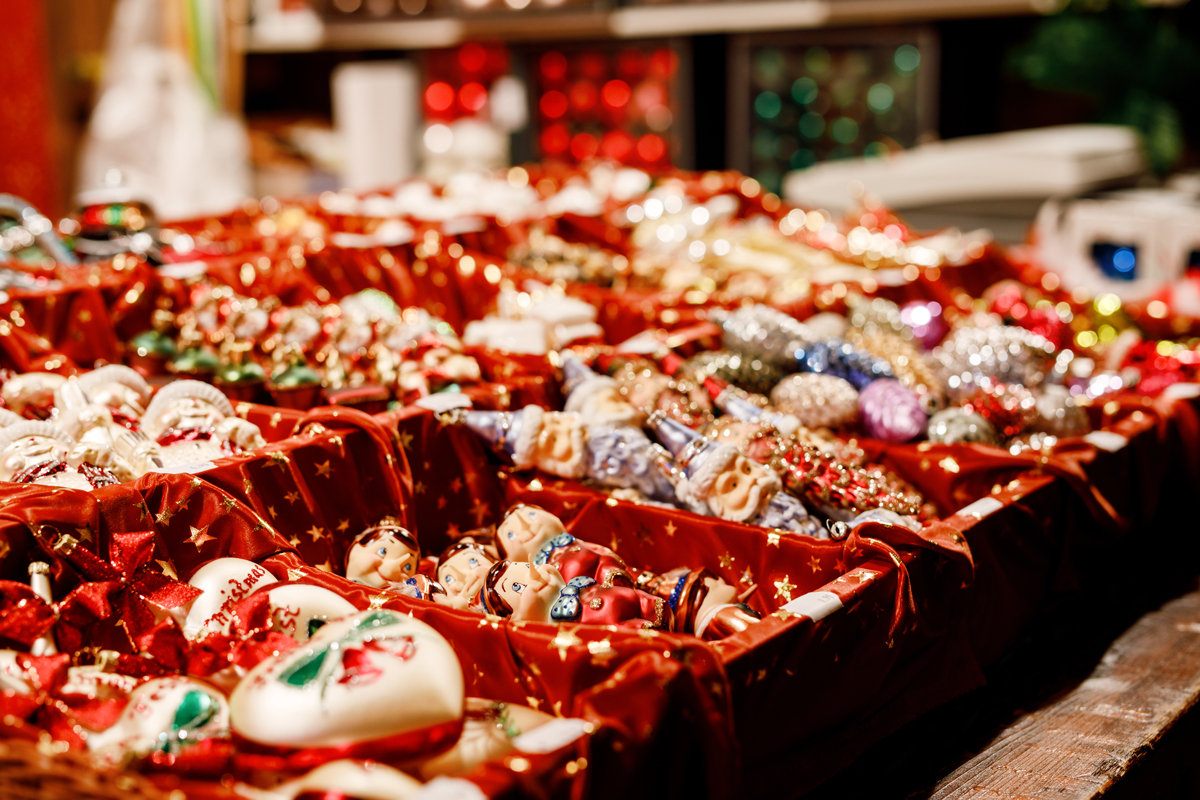


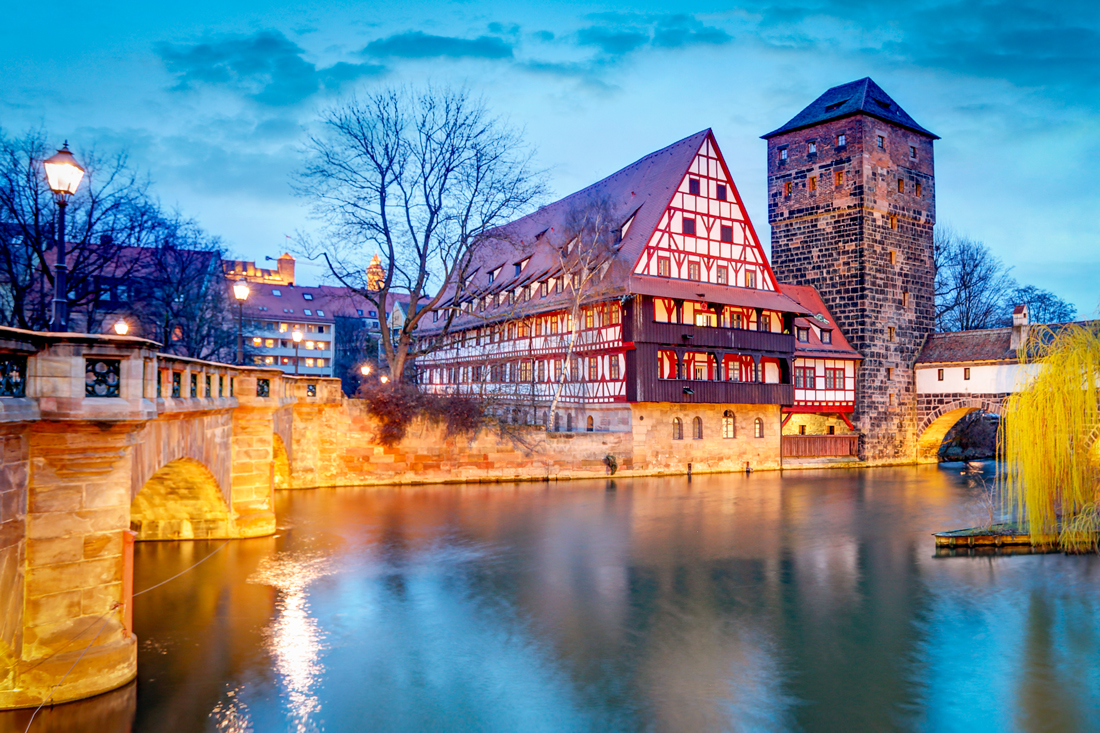








![Nürnberger Würstchen © Dirk Vorderstraße - licence [CC BY 2.0] from Wikimedia Commons Nürnberger Würstchen © Dirk Vorderstraße - licence [CC BY 2.0] from Wikimedia Commons](https://frenchmoments.eu/wp-content/uploads/2023/10/Nurnberger-Wurstchen-©-Dirk-Vorderstrase-licence-CC-BY-2.0-from-Wikimedia-Commons.jpg)
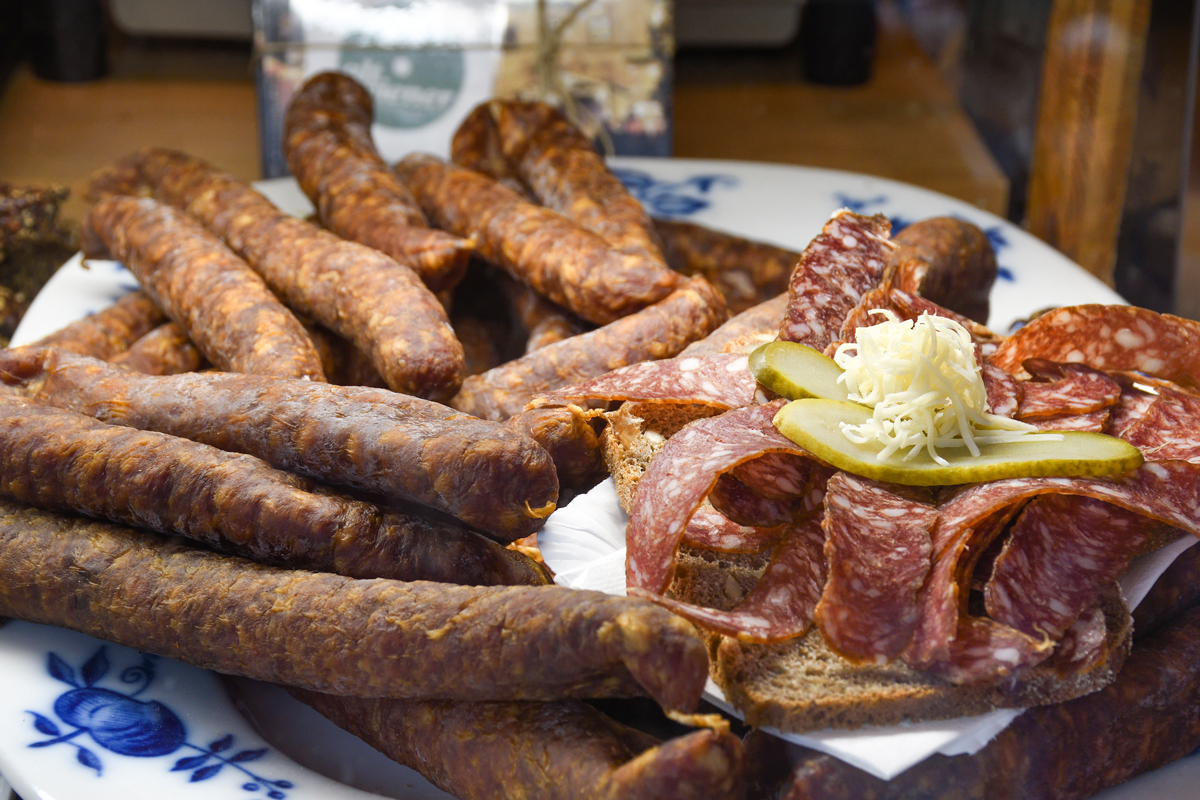
![Bratwürste © Benreis - licence [CC BY 3.0] from Wikimedia Commons Bratwürste © Benreis - licence [CC BY 3.0] from Wikimedia Commons](https://frenchmoments.eu/wp-content/uploads/2023/10/Bratwurste-©-Benreis-licence-CC-BY-3.0-from-Wikimedia-Commons-scaled.jpg)

